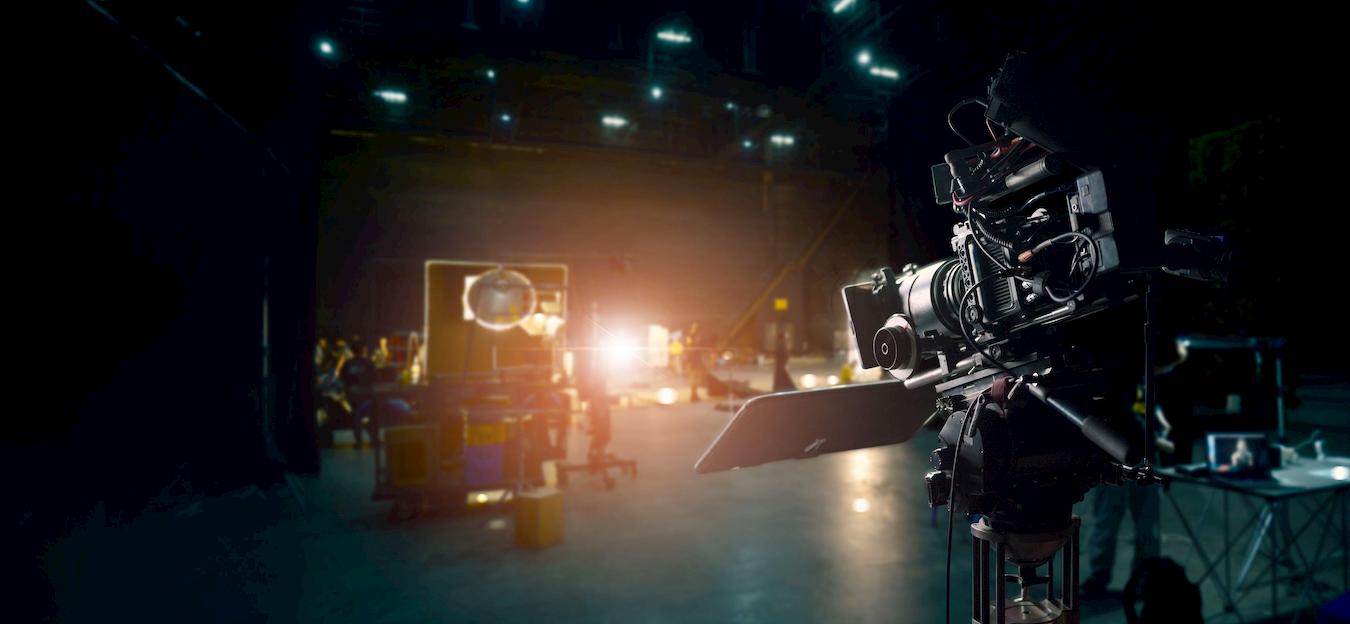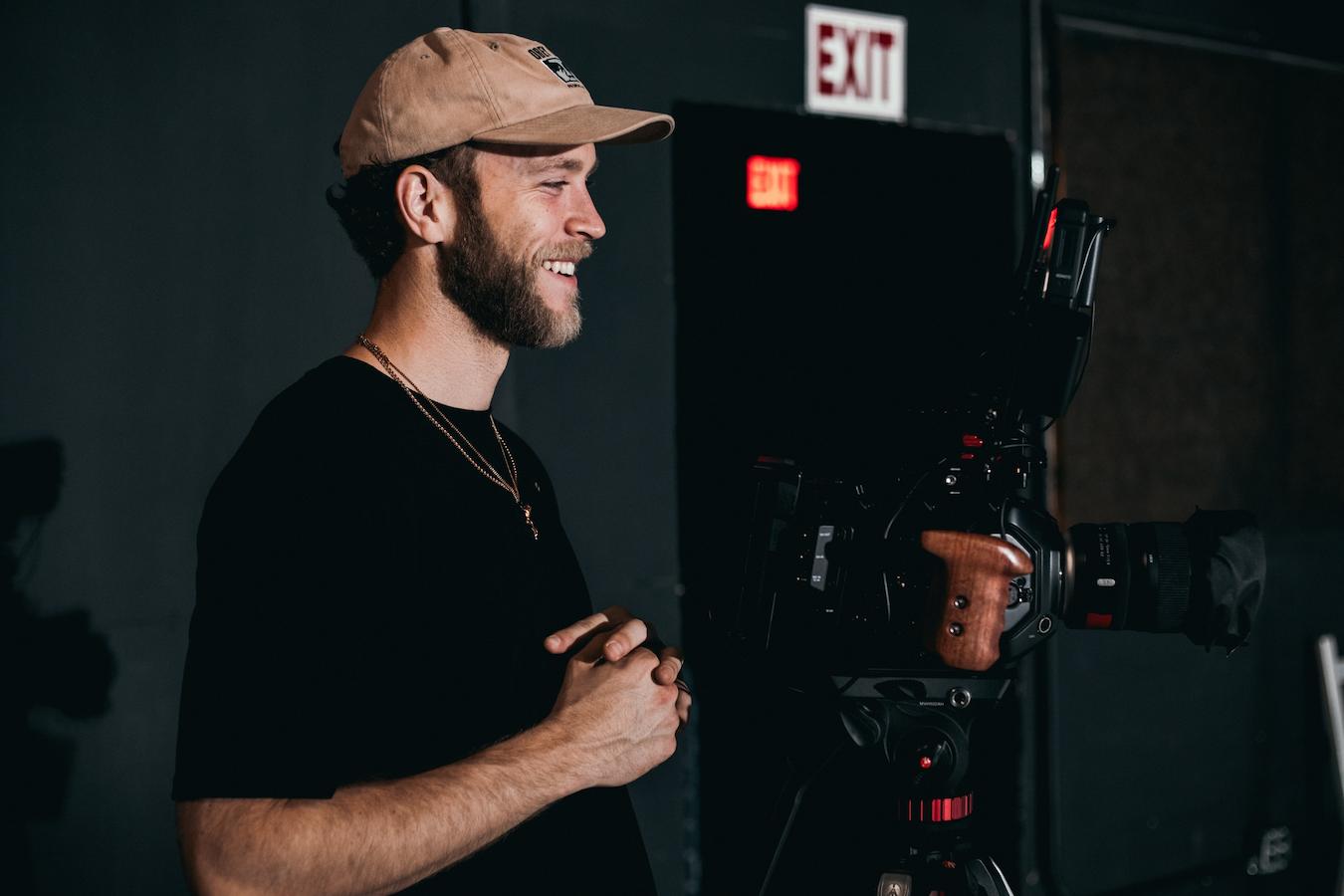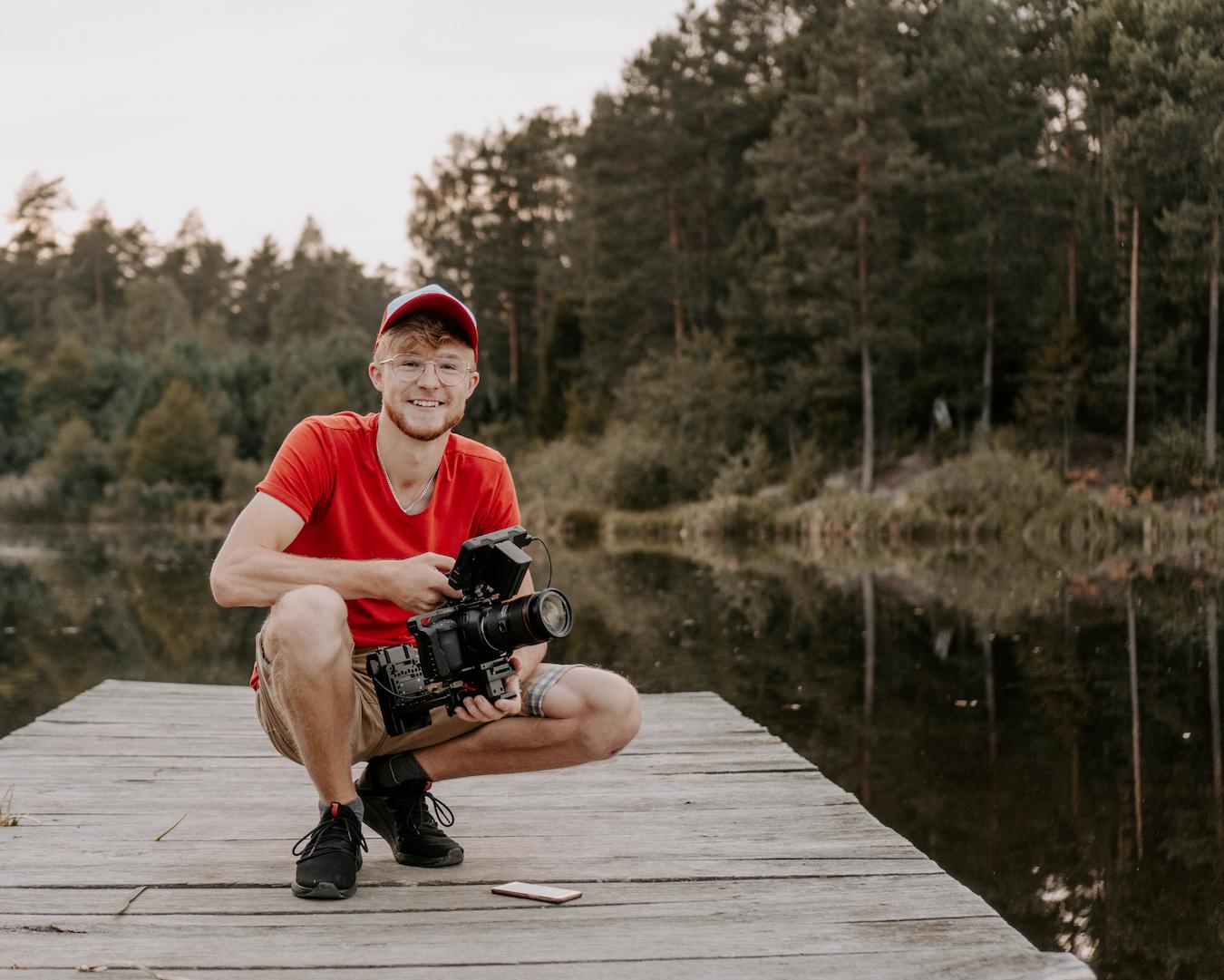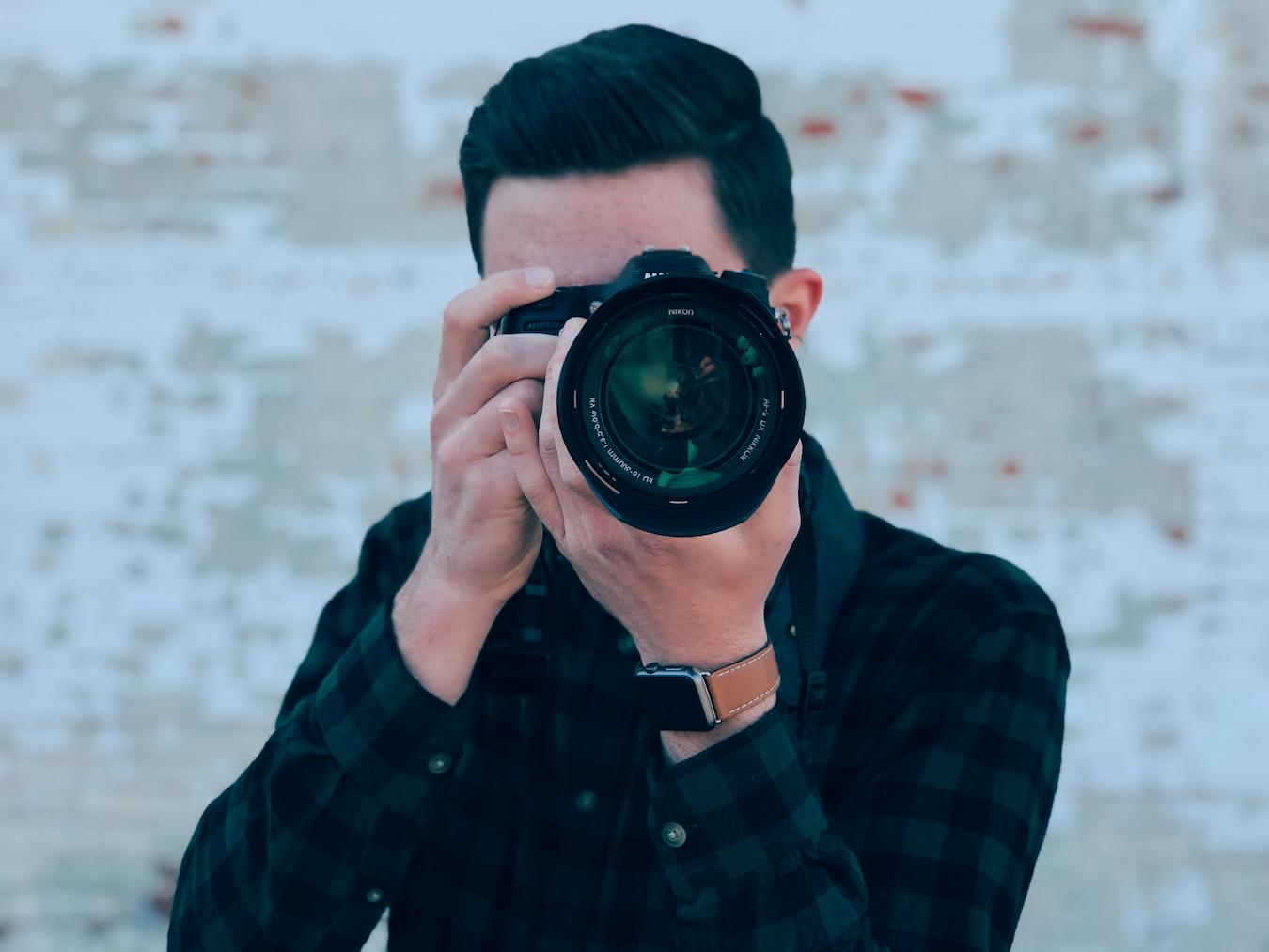Lights, Camera, Lingo!
The motion picture industry – and the video and film production business more generally – uses lingo that people often learn little by little when working for film production companies, or playing a part in a production. Whether you’re the talent in front of the camera or part of the crew behind the scenes, these words and phrases (like “key grip” or “best boy”) become familiar over time. Just as with other professions, sometimes it seems like acronyms (The UPM, the DP, etc.) are added in there just to confuse things further.
However, defining the term studio production isn’t all that difficult. Sure, sometimes terms depend on the context in which they’re used. The word studio by itself, for example, can refer to a physical building like a production studio with a sound stage and accompanying equipment, or the actual company running the show – as in the “studio heads” who call the shots and frequently have the final say on films or productions.
And production could, of course, mean several things, from a school play to a big Hollywood blockbuster. But put the two words together, and you have studio production, which is when your production is recorded and produced inside a studio, or controlled environment, that has the capacity to control lighting and other technical features.
Control is one of the key differences between a studio production and a field production (or location filming), which is the term for when the shooting and production work is on location, outside, or anywhere other than at a studio. There are several other differences between a studio production and a field or on-location production, which we will get into below.
See Related: Who Built the First Film Studio?
Studio Production: A Film or Video Shot and Produced in a Studio
With studio productions, the elements are much easier to control as compared to field productions. A studio is specifically set up for the purpose of video production, news, television, or film production.
It will have all the necessary lighting and audio equipment, and in some cases a control room, or post-production facilities. The specific amenities will depend on the individual studio.
And speaking of facilities, a production studio that was intended for film or music video production will usually have a room for hair and makeup, as well as a green room where the talent can spend time while not shooting. There will often be a place for cast and crew to enjoy craft services, and a room where the production company can set up offices for the duration of the film process. These are all important for the behind-the-scenes work a production company must do.
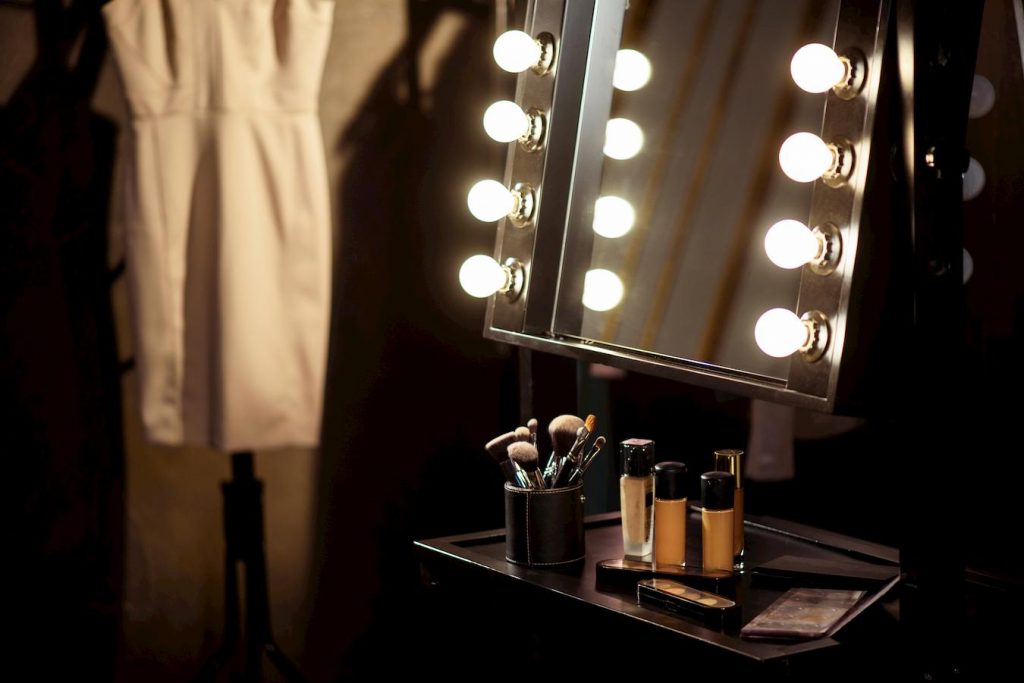
When making a film, a production company can count on the fact that everything will be in place and ready day after day of shooting. A production studio is often set up with adjustable light rails and speed rails, which make the technical aspects while filming that much smoother.
During the film-making process, a director can come in with the DP (Director of Photography), the key grip, and the gaffer to work out the details of how the crew will proceed with recording the picture and audio. This includes all the related elements, like blocking (where and how the actors move in a scene), camera position and movement, as well as lighting.
The controlled environment of a production studio benefits almost every aspect of the film-making process. The sound-proofing of a studio limits the sources of ambient noise.
Bonus: What Is Post Production In Film?
Having the Proper Production Environment is Critical for Success
When film productions are based outside a studio, this noise can cause major hiccups and take up extra time to get the recording done right. Instead of dealing with city traffic or large planes passing overhead, a crew working inside a studio can rely on professional-level equipment and the building itself keeping out unwanted sound.
Given how critical lighting is to a film or video production, it’s easy to see how a studio environment may be the first choice for a film director, production company, or whoever may be making the call. In a studio, the lighting is often fixed to the ceiling, and can usually be controlled through a control board. The lights connected to the board can be adjusted one at a time using sliders and dials on the board.
A production company can often arrange for a short term rental of a studio. Whether a production company needs a studio one or two days for a short music video, or for a big film that will take months to produce, most studios are amenable to working out a deal. Sometimes a production crew, or studio staff are available to help with the production, so depending on the budget, this may be something companies will consider.
A studio production will generally be the first choice for a production company, unless a film, event, or video production requires that it be shot out on location. There are so many built-in amenities that make a studio more appealing. From the aforementioned lighting and sound issues, to options such as white cycs and green screens that can transport your talent to “virtually” anywhere in the world, a studio production has got a lot going for it.
Television Studios are a Touch Different
A film or video studio might look a little different than a television production studio. A TV studio will have several rooms, separated for noise and to account for different work responsibilities. They can communicate between the rooms using an intercom.
Editing is much simpler in a TV studio as opposed to a field production because of the video switcher, which selects between the sources of audio and video in real time. With field editing, this is done after the initial recording using computer software.
Shooting on Location: Anywhere but a Studio
Field productions and on-location productions require more work to set-up equipment (including lighting and cameras). This can be time-consuming.
However, some films require an outdoor shot or two, and many productions are based entirely in the field. In those cases, a production company must do what they need to do to get the job done.
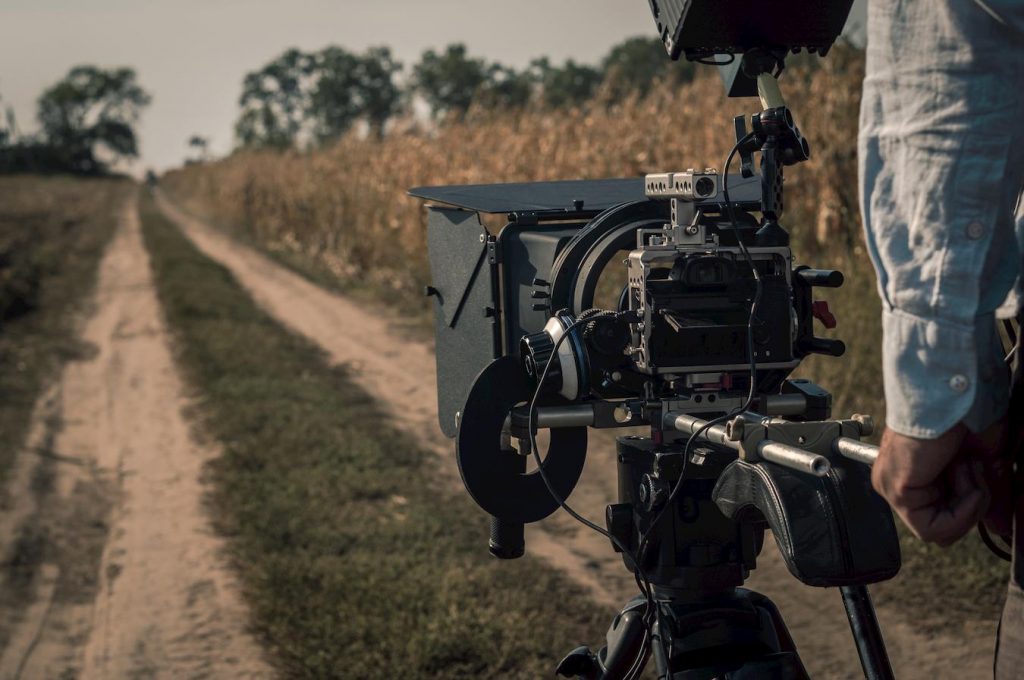
Weather can have a major impact on a field production, so the possibility of rain and clouds are something to consider when determining the time and place. That’s one reason why so many shows and films are made in the springtime in Los Angeles.
Achieving the right lighting can be a challenge, and much of the shooting will have to take place within a certain time frame. Of course, portable lighting is often used, as are reflector boards, and camera filters.
The cast and crew may see the downsides of on-location shooting in many ways. The equipment a production company or their crew is using must be packed in and out, so that’s one more thing companies must account for when doing outdoor productions. Also, given the limited facilities for cast and crew to lounge and prep as compared to a studio, production companies will need to make the needed arrangements for trailers and flex spaces in their budget.
Those are some of the major differences between shooting in a studio and on location. And, just for fun, to bring it back to that Hollywood lingo, here’s Curtis Judd with a deep dive into all the jargon surrounding sound when it comes to making films, whether in a production studio or on location:
Keep Reading: Inside The Revival of a Historic Los Angeles Soundstage
–
Mack Sennett Studios is a historic full-service photography studio, production sound stage, and private event space in Silver Lake, serving as creative home to the Los Angeles cultural renaissance for the last 100 years. Check us out on Facebook, Twitter, Vimeo, Pinterest, Yelp and Instagram.

